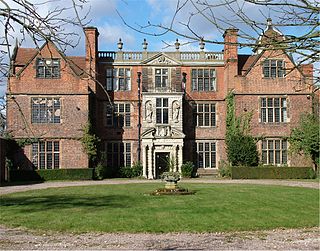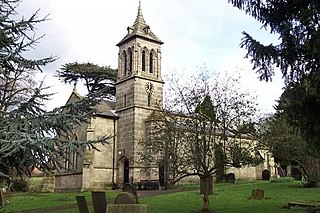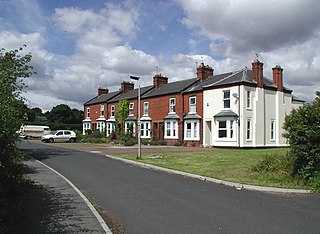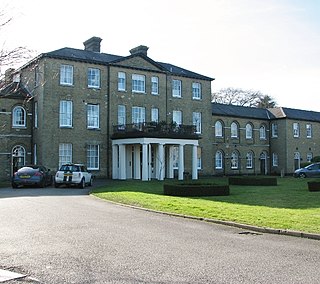| Pastures Hospital | |
|---|---|
 Pastures Hospital | |
| Geography | |
| Location | Mickleover, England |
| Coordinates | 52°53′40″N1°33′35″W / 52.8945°N 1.5598°W Coordinates: 52°53′40″N1°33′35″W / 52.8945°N 1.5598°W |
| Organisation | |
| Care system | NHS |
| Hospital type | Specialist |
| Services | |
| Speciality | Mental health |
| History | |
| Founded | 1851 |
| Closed | 1994 |
| Links | |
| Lists | Hospitals in England |
Pastures Hospital was a mental health facility at Mickleover in Derbyshire, England. The church is a Grade II listed building. [1]
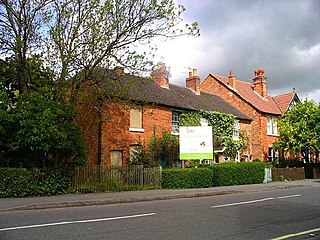
Mickleover is the most westerly suburb of the city of Derby in the United Kingdom. It is located 2 miles (3.2 km) west of the city centre.

Derbyshire is a county in the East Midlands of England. A substantial portion of the Peak District National Park lies within Derbyshire, containing the southern extremity of the Pennine range of hills which extend into the north of the county. The county contains part of the National Forest, and borders on Greater Manchester to the northwest, West Yorkshire to the north, South Yorkshire to the northeast, Nottinghamshire to the east, Leicestershire to the southeast, Staffordshire to the west and southwest and Cheshire also to the west. Kinder Scout, at 636 metres (2,087 ft), is the highest point in the county, whilst Trent Meadows, where the River Trent leaves Derbyshire, is its lowest point at 27 metres (89 ft). The River Derwent is the county's longest river at 66 miles (106 km), and runs roughly north to south through the county. In 2003 the Ordnance Survey placed Church Flatts Farm at Coton in the Elms as the furthest point from the sea in Great Britain.

A listed building, or listed structure, is one that has been placed on one of the four statutory lists maintained by Historic England in England, Historic Environment Scotland in Scotland, Cadw in Wales, and the Northern Ireland Environment Agency in Northern Ireland.


